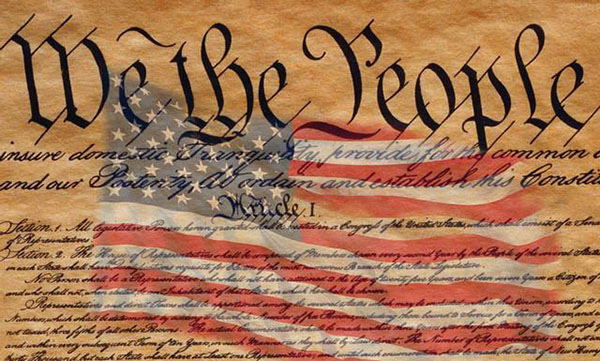The events that led up to the ratification of the United States Constitution were challenging for the founders. Debate raged on in the Philadelphia State House.
The United States Constitution was presented to the thirteen states on September 28, 1787. By June of 1788, nine states had ratified the document. The Constitution was set to take effect on March 4, 1789. The ratification by the rest of the states was based on the adoption of the Bill of Rights. All thirteen states eventually ratified the Constitution and it was formally adopted on December 15, 1791.
Purpose of the Articles of Confederation
The Articles of Confederation were written in 1781 right after the Revolutionary War was fought and its purpose was to keep the thirteen states unified. The early framers were heavily influenced by the constitutions of individual states and the principles underlying the Declaration of Independence and were particularly concerned with limiting the powers of the federal government over the states and guaranteeing the freedom of each individual citizen.
The Articles provided no courts or executive branch of government. However, there was an established Congress with only advisory powers. Under the Articles the economic system of America was falling apart. Congress tried to resolve crucial issues both foreign and at home. George Washington stated:
I do not conceive we can long exist as a nation without having lodged somewhere a power which will pervade the whole Union in as energetic a manner as the authority of the State government extends over the several states.
Not everyone was convinced by Washington’s words, particularly Governor George Clinton of New York.
Clinton believed that calling a Federal Convention in Philadelphia would only provoke people to believe an “an idea of evils which do not exist.” Debates continued on the critical issue of how the people can be best served by a central government.
Great Debates Over Writing the Constitution
In 1787, there was turmoil that transpired between the framers of the great Constitution. They had many struggles within themselves and amongst themselves. The founders knew they did not want to go backwards to what they knew of England’s rule.
Most of July 1787, the founders argued, they could not come to any sort of agreement on what type of government to give birth to. Benjamin Franklin was determined to keep the group together and to accomplish what the Federal Convention’s purpose was. Franklin believed that with luck and wisdom a government could be produced that would last throughout centuries.
During the first five weeks of the Convention the framers picked apart and changed almost every word the Committee of Detail wrote down. The patience of these men was wearing thin. The debate continued over regulation of commerce. There were “thoughtful debates over determining suffrage qualifications and cynical debates over slavery filled sessions.”
With each disagreement came a determination to settle the debate no matter what it was about. Their days were filled with discussions of pros and cons. They became gridlocked when they could not decide whom the President should consult with. Some felt he needed a cabinet, which is made up of the secretary of war, the treasury, and of the marine.
When the discussion became deadlocked the matter was sent back to the Committee of Detail to decide what to do. Four days later the Committee presented an addition to “section 2 of Article 10: The president was to have a privy council composed of the president of the Senate, the Speaker of the House, the chief justice of the Supreme Court, and the principal officers of the executive departments including foreign affairs, domestic affairs, war, marine, and finance.” At the time of the writing of the Articles into the Constitution, the delegates had no thoughts of a vice president.
Framers of the Constitution Persevere
The founders were determined to have their great country be one of great freedoms and be void of any type of tyranny or anarchy. They pressed forward with much sweat over what would be the first nation of its kind.
The United States Constitution was finally agreed upon and sent to be ratified by each state, which was not easy task for the believers of the Constitution.
The Antifederalists were determined to squash the passing of the Constitution, but the Federalists fought back. They believed that many of the Antifederalists were misinformed and they set out to change that. The Federalists with there perseverance got an indefinite Adjournment by a 56 to 51 vote. When Washington learned of the attempted “ambush” by the Antifederalists he wrote letters to Henry Knox, Benjamin Lincoln, Caleb Gibbs, and to John Langdon, all who were New Englanders. Washington was afraid that the incident in New Hampshire would have an impact on the forthcoming convention in Virginia. The Constitution did not pass all thirteen states without bumps and bruises along the way and today debate goes on, but for sure, what the forefathers put forth still stands today.
Sources:
- Morris, Richard B. The Forging of the Union 1781-1789. New York: Harper & Row, Publishers, 1987
- Berkins, Carol. A Brilliant Solution. Orlando: Harcourt, Inc., 2002
- Chidsey, Donald Barr. The Birth of the Constitution. (\New York: Crown Publishers, 1964








